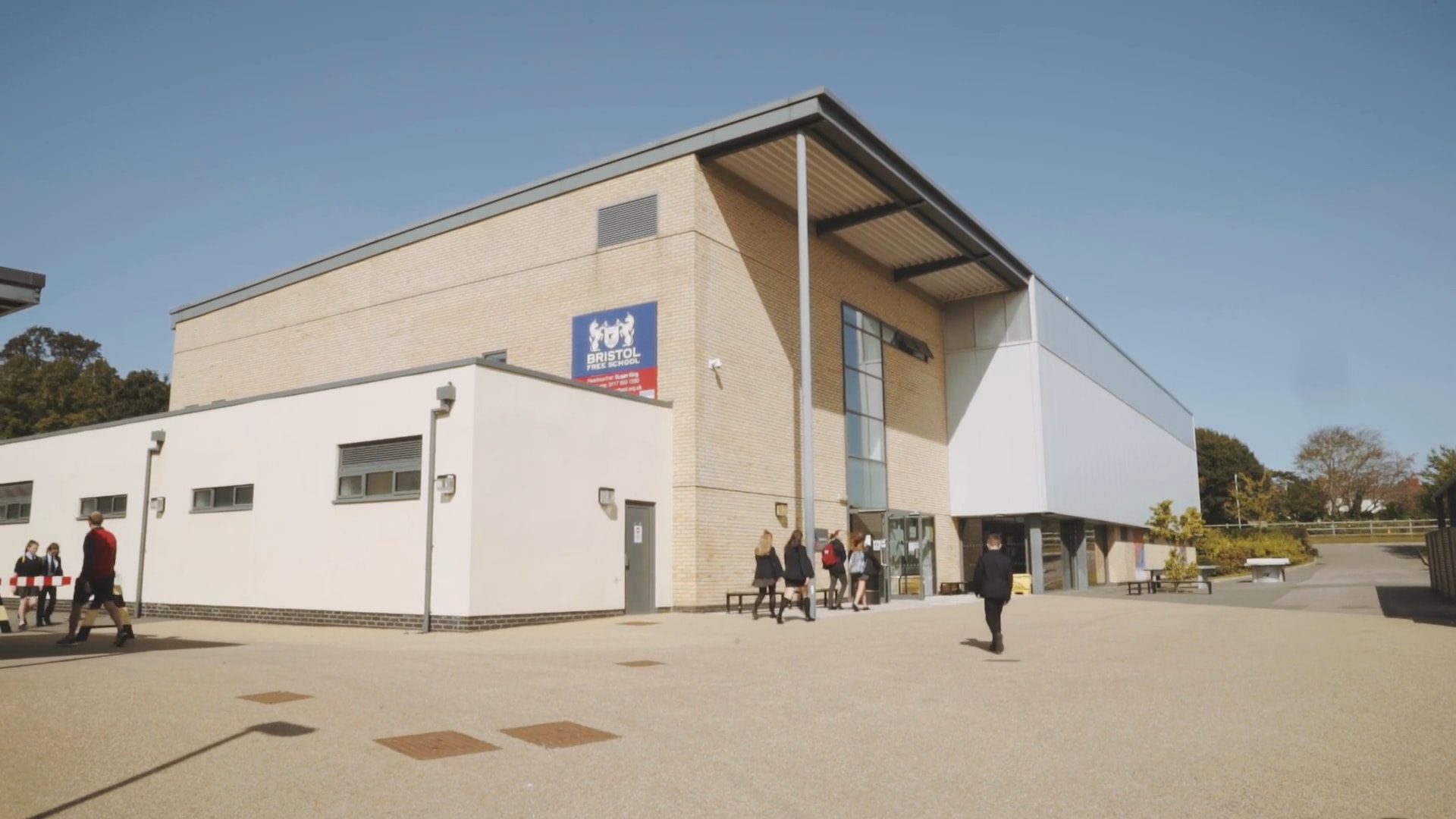
Terms and expressions.
Simplifying expressions .
Rules of indices.
Expanding and factorising into single brackets.
Using trigonometric ratios to find missing angles and lengths in right-angled triangles, and to solve problems.
Angles and parallel lines.
Angles in triangles and quadrilaterals.
Congruence and similar shapes.
Angles in polygons.
Test on: Expressions, Calculations & Angles
Skills such as confidence with numeracy and rounding benefit our students’ functioning in society. Algebra provides opportunities for students to develop a sense of “awe and wonder” by using letters to represent variables. Students are encouraged to question “why”; they compose proofs and arguments and make assumptions when analysing a problem. For example, students develop algebraic fluency throughout the curriculum. Algebra is a uniquely powerful language that enables students to describe and model situations. Students learn geometrical reasoning through knowledge and application of angle rules and coditions for similarity and congruency. Students develop algebraic fluency throughout the curriculum.
Students own social development is widened through paired work where students discuss mathematical concepts and solve unfamiliar problems.. .
Sampling and data collection.
Organising data.
Representing data: two-way tables, frequency tables, stem and leaf diagrams, pictograms, bar charts, frequency trees.
Averages and the range.
Grouped frequency tables and estimating the mean from a grouped frequency table.
Scatter graphs and correlation.
Fractions, decimals and percentages.
Calculations with fractions.
Converting between fractions, decimals and percentages.
Test on: T1 topics and Data Handling, Fractions, Decimals and Percentages
Student’s understanding of statistics is developed to a depth that will equip them to identify when statistics are meaningful or when they are being used inappropriately (eg in newspapers or on social media). The skill of interpreting data will benefit students’ functioning in society. Students will understand how to interpret graphs and charts, and be able to compare statistical distributions. Competance with percentages benefits our students’ functioning in society: sales, interest rates, taxes.
Students own social development is widened through paired work where students discuss mathematical concepts and solve unfamiliar problems.. .
Substituting into formulae, using standard formulae and rearranging formulae.
Equations, identities and functions.
Expanding and factorising double brackets.
Measuring lengths and angles.
Bearings
Area of 2D shapes: rectangle, triangle, parallelogram, trapezium, compound shapes.
Transformations: rotations, reflections, enlargements and translations.
Test on: T1 and T2 topics. Formulae & functions & Working in 2D
Students will learn about transformations of shapes. They will enlarge shapes by different scale factors. Algebra provides opportunities for students to develop a sense of “awe and wonder” by using letters to represent variables. Students are encouraged to question “why”; they compose proofs and arguments and make assumptions when analysing a problem. For example, students develop algebraic fluency throughout the curriculum. Algebra is a uniquely powerful language that enables students to describe and model situations.
Students own social development is widened through paired work where students discuss mathematical concepts and solve unfamiliar problems.. .
Probability experiments, expected outcomes and relative frequency.
Theoretical probability.
Mutually exclusive events.
Estimating calculations.
Using a calculator.
Metric units.
Limits of accuracy: error intervals and upper and lower bounds.
Measures of speed, distance, time, density, mass and volume.
The topic of probability provides opportunities for students to consider whether situations are fair or biased and discuss gambling, betting, lotteries, raffles and games of chance. A knowledge of probability will benefit students’ functioning in society as they will understand bias and the chance of an event happening. By exploring upper and lower bounds students will be able to understand limits of accuracy. This skill will benefit students’ functioning in society.
Students own social development is widened through paired work where students discuss mathematical concepts and solve unfamiliar problems.. .
Solving linear equations with brackets and/or fractions.
Solving quadratic equations algebraically and by factorising.
Simultaneous equations.
Proportion and ratio.
Scales and scale diagrams.
Percentage change.
Factors and multiples, including HCF/LCM.
Product of prime factors
Parts of a circle.
The area and circumference of a circle.
Y10 exam on: T1, T2, T3 and T4 topics
1 non-calculator paper (90 mins) and 1 calc paper (90 mins)
All mathematics has a rich history and a cultural context in which it was first discovered or used, for example, students will consider how pi was first discovered. Numerical fluency and an understanding of proportion will benefit students’ functioning in society. For example to be able to convert between units, or state which is the better value for money? When solving mathematical problems students will develop their creative skills. When solving mathematical problems students will develop their creative skills. Students develop algebraic fluency throughout the curriculum. Algebra is a uniquely powerful language that enables students to reflect on experiences in order to describe and model situations.
Students own social development is widened through paired work where students discuss mathematical concepts and solve unfamiliar problems.. .
Circles: calculating arc length and the area of a sector
Calculations involving powers and roots
Standard ruler and compass constructions: perpendicular bisector, angle bisector, constructing triangles
Solving problems using loci
Test on T5 and T6 curriculum
Algebra provides opportunities for students to develop a sense of “awe and wonder” by using letters to represent variables. Students are encouraged to question “why”; they compose proofs and arguments and make assumptions when analysing a problem. For example, students develop algebraic fluency throughout the curriculum. Algebra is a uniquely powerful language that enables students to describe and model situations. Students develop algebraic fluency throughout the curriculum.
Students own social development is widened through paired work where students discuss mathematical concepts and solve unfamiliar problems.. .